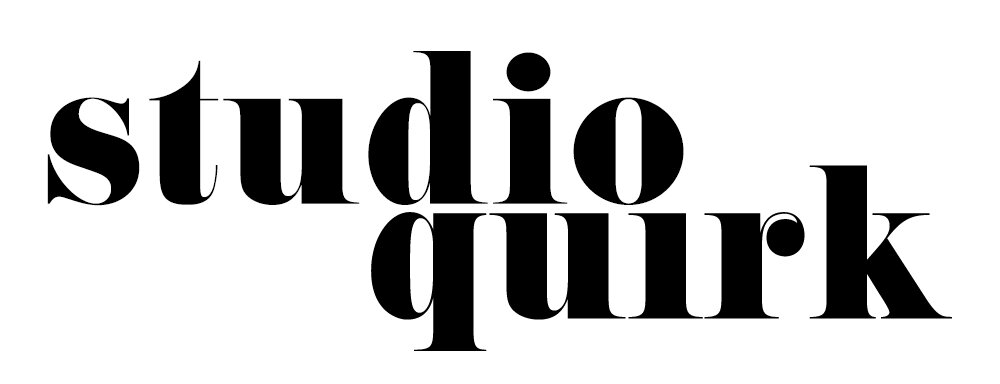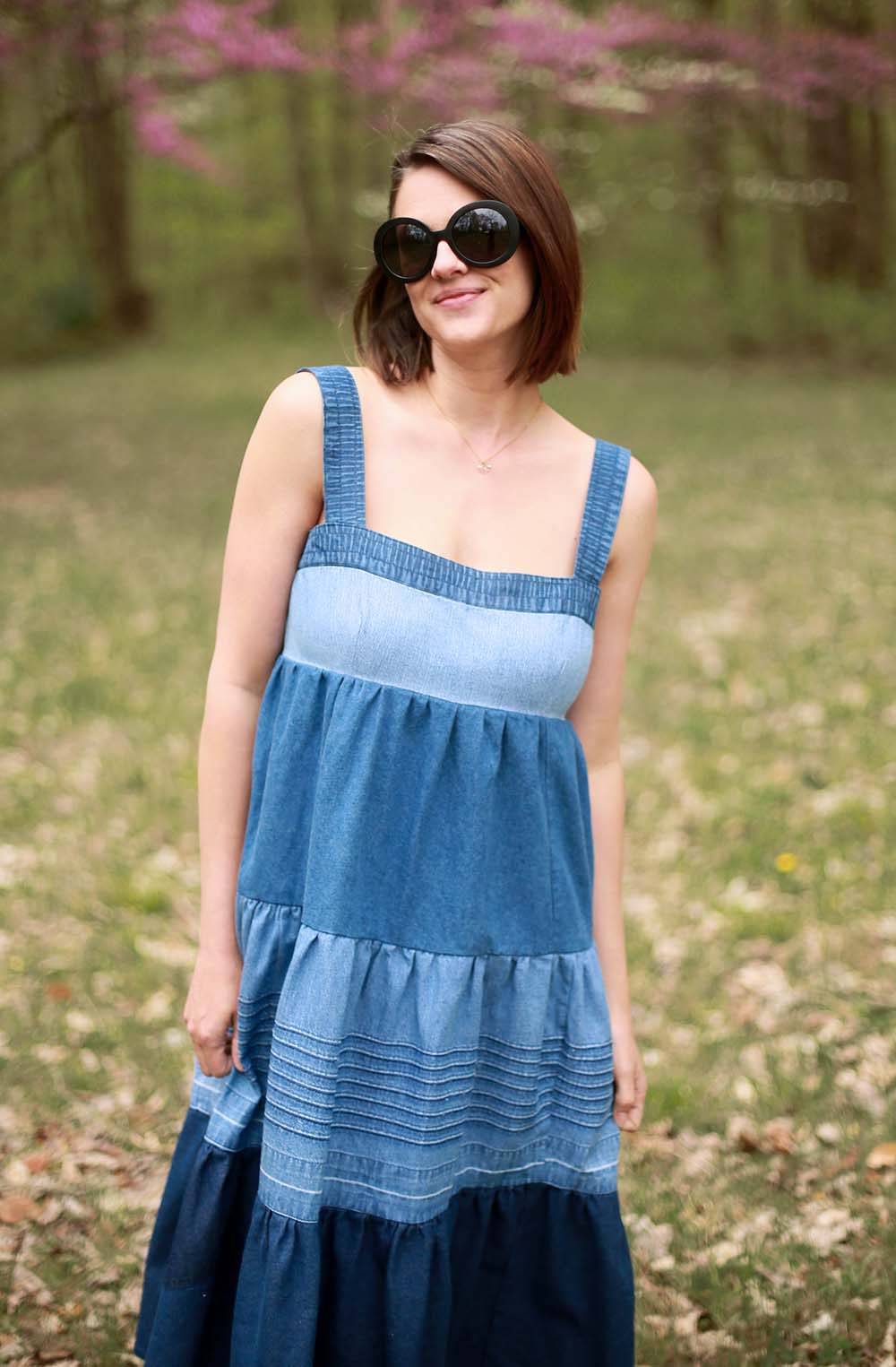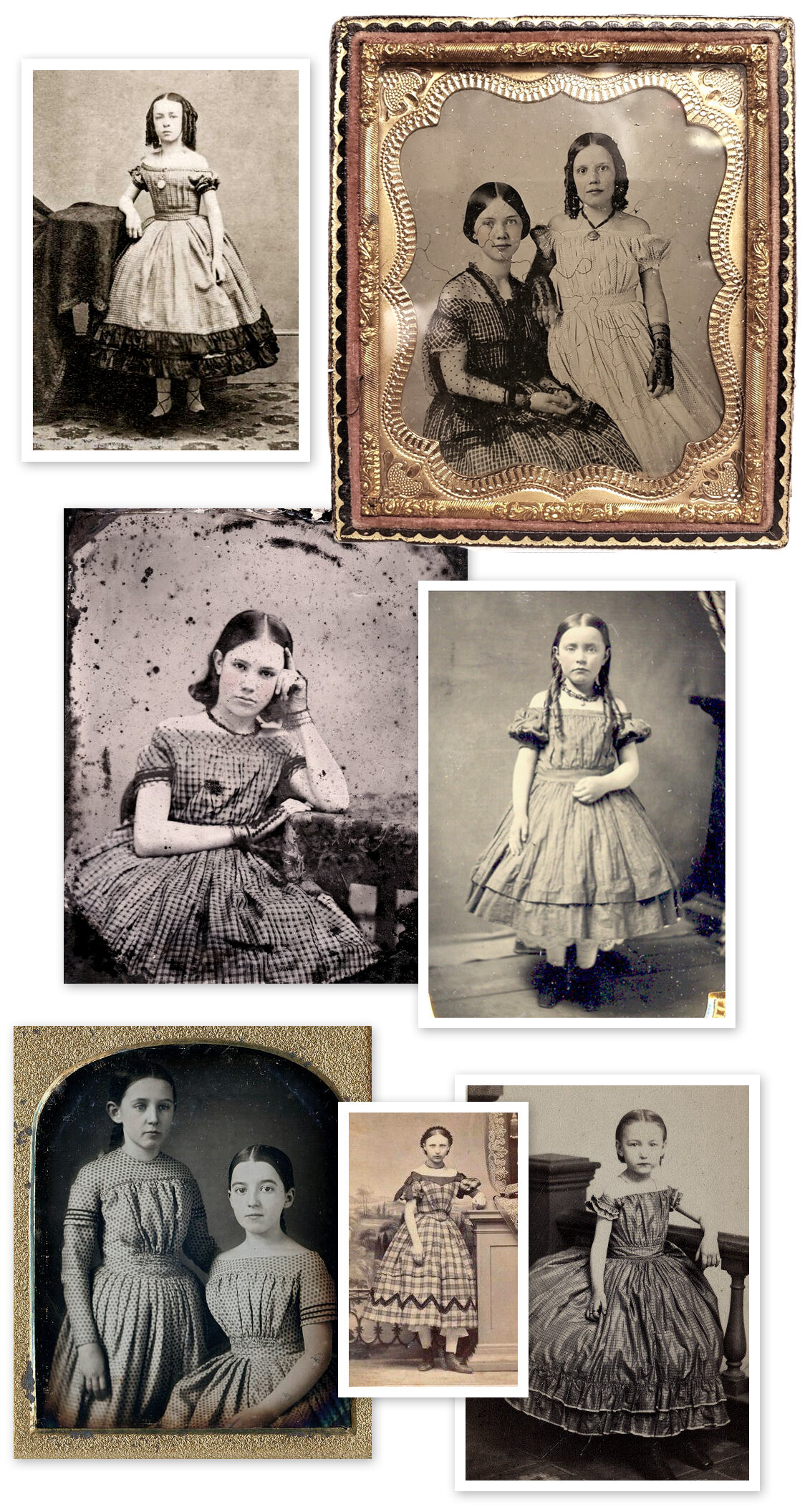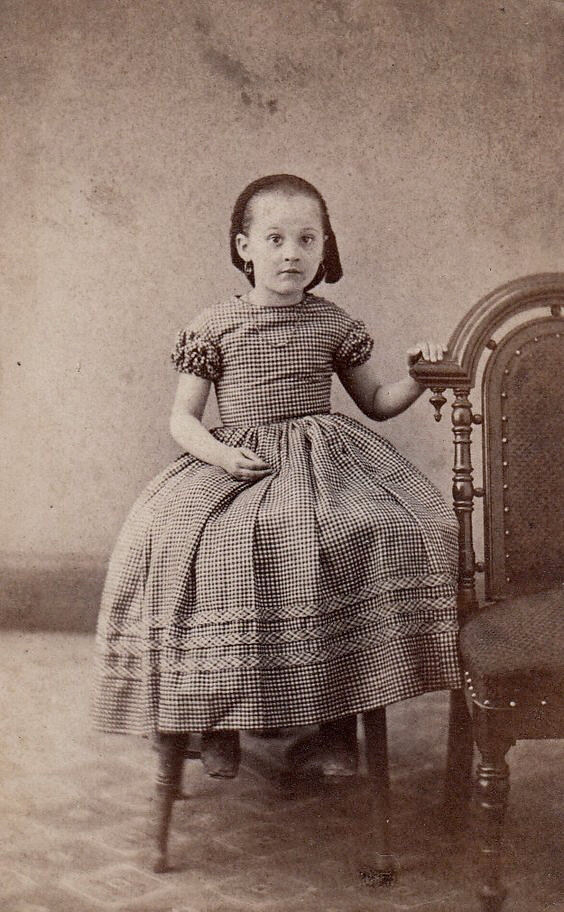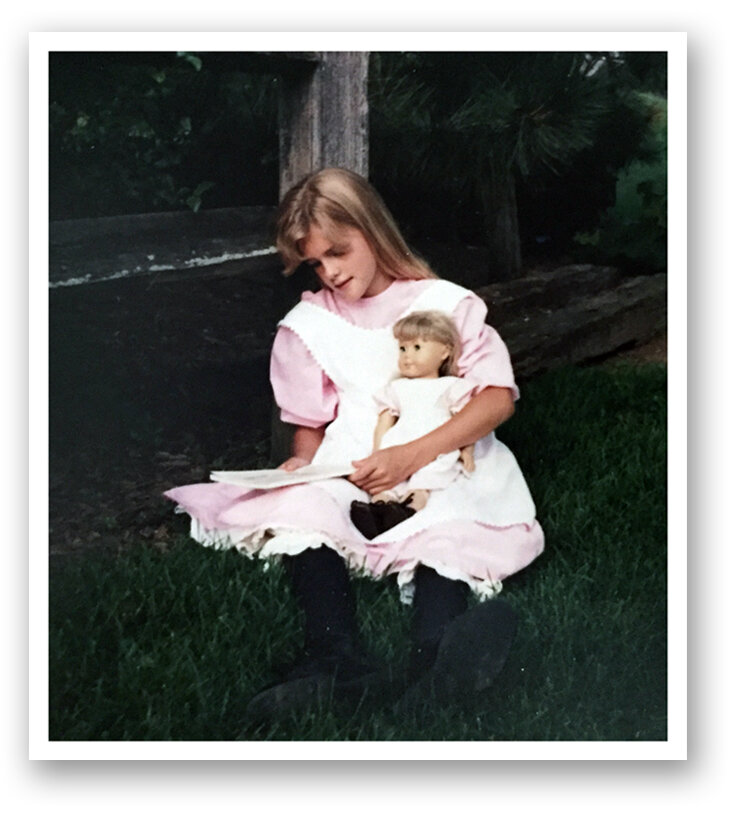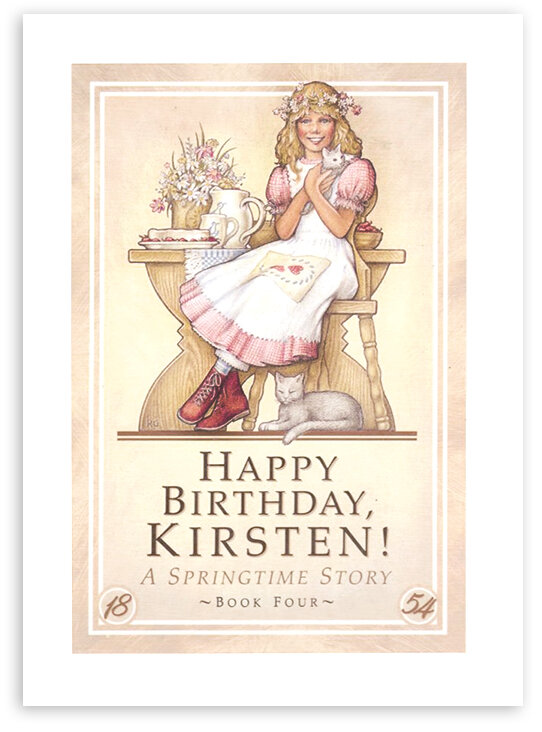The Kirsten Project | 200 Years of Gingham
/Allow me to zoom out from the 1850s for a moment to consider a fashion trend that has revived itself over and over again during the course of the past two hundred years. Thus far in The Kirsten Project, my research has shown me that a lot of what was popular in the 1980s (when the original Pleasant Company characters were created) made it’s way into the design of the dolls. Take for example Kirsten’s hair and more specifically her bangs. Something we rarely see in the mid 19th century, but something very popular in the 80s and 90s. Or what about the Fana sweaters (worn during Changes for Kirsten) that get a mention in the 1983 New York Times. Kirsten’s Meet dress is a shade of musty blue that was all the rage in the 1980s. It’s in these details that one sees how the time period when the character was created is subtly infused into her historic 1850s timeline.
When I began to dig deep into the pink checked fabric of Happy Birthday, Kirsten!, I was both surprised and delighted to see that gingham wasn’t just an 1980s thing, or an 1850s thing - it’s been a trend in fashion on and off for at least 220 years!
What makes a fabric gingham? It’s pattern is created by weaving together two different colors of fine yarn to produce a lightweight fabric that’s reversible (and can be cut from either side). This kind of layout produces two solid squares (one typically, but not always being white and a contrast color) and a blended square of the two (the white usually make it appear as a more pastel cousin to the contrast). It’s been made all over the world by a lot of different cultures, but for the sake of this post, I’m working from American and European examples. In fact, I finally found my fabric by searching vichy, the French term for this kind of fabric and indeed ordered it from a French supplier (although made in Japan - there’s a tradition of this weave there too).
Gingham dress descriptions also pop up in both adult and children’s literature repeatedly over the last 150 years, like the pink gingham dress made by title character and her kind aunt in Rebecca of Sunnybrook Farm, by Kate Douglas Wiggen in 1903.
Aunt Jane had won for Rebecca the pink gingham. Jane also showed her niece how to make a pretty trimming of narrow, white linen tape, by folding it into pointed shapes and sewing it down very flat with neat little stitches.
Doesn’t that sound a lot like the pointed trim of Kirsten’s birthday apron? I also learned through searching newspaper records that pink gingham dresses were required as a summer uniform for many women’s colleges in the 1850s and 60s (also ads for fabric at 6.5¢/yd in 1856 in North Carolina). I wonder if the 1850s example above could have been one such summer dress?!
Even with a light understanding of costume history, one knows that fashion repeats itself. What I think is really cool is with this example, a textile like gingham has applications in different forms for over two hundred years. Your mother’s dress could have easily been remade into your new bonnet (perhaps like in Meet Kirsten?) or cut into smaller pieces for a quilt (Happy Birthday, Kirsten!)
While looking at so many images of gingham I came across something else that I think you’ll find just as interesting as I did, but I’ll have to save that for another day. Until then… which decade catches your eye?
